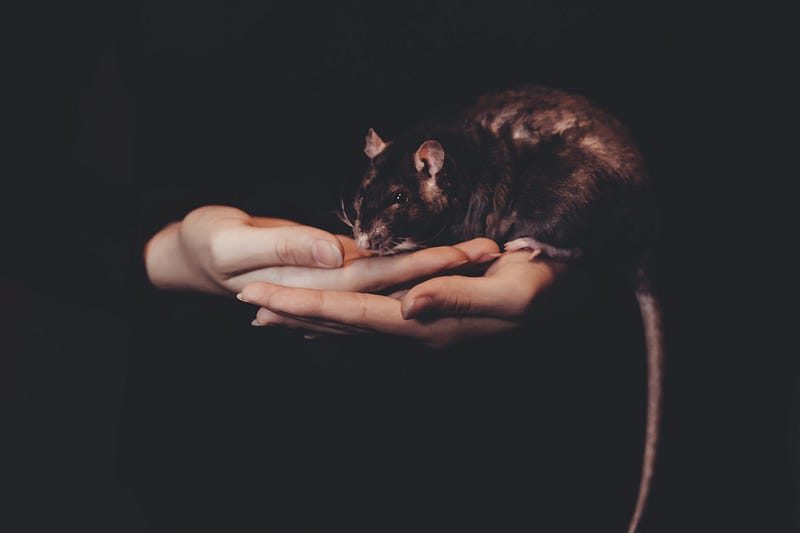Uncovering the Impact of Male Scent on Rodents in Research
Written on
Chapter 1: The Influence of Male Scent on Rodents
Recent studies have revealed that the scent of human males has a negative effect on both mice and rats. This finding raises important questions regarding the longstanding practice of utilizing these rodents in medical research, predominantly conducted by male scientists.
This paragraph will result in an indented block of text, typically used for quoting other text.
Section 1.1: The Need for Diversity in Medical Research
The historical lack of diversity in medical research is becoming increasingly evident in contemporary science. As more women enter fields like science, technology, engineering, and mathematics (STEM), we are uncovering the repercussions of centuries of sexism and racism that have influenced research methodologies. The recent discovery that male human scent is aversive to mice and rats exemplifies this issue.
Subsection 1.1.1: Personal Reflections on STEM Inclusivity

Photo by freestocks on Unsplash
Reflecting on my own journey, I initially believed my writing would gravitate towards creative works and personal narratives. I never anticipated that science would become my primary focus and a topic I could passionately explore for years to come. In school, I consciously avoided subjects like science and math, but now I ponder how different my perspective might be had I embraced these fields earlier.
As of 2022, women represent only 28% of the STEM workforce, according to the American Association of University Women. The statistics reveal a concerning trend:
- Female engineers and architects make up only 16.5%.
- Women account for just over 25% of computer and mathematical professions.
- Female chemists and materials scientists are at 40.4%.
- Biological scientists have the highest female representation at 46%, yet this figure is still below half.
Despite the underrepresentation, female biological scientists are demonstrating how diverse perspectives can enhance research outcomes. For instance, they have provided critical insights into the stress responses of mice and rats that male scientists might overlook.
Section 1.2: Stress-Induced Analgesia and Its Implications
Researchers have long understood the phenomenon of stress-induced analgesia (SIA), where the brain dampens pain sensations in response to stress. This response is shared across many mammals and is influenced by factors such as age, environment, and past experiences with pain. However, a recent study published in the September 2022 edition of Nature Neuroscience suggests that historical sexism may have skewed research outcomes.
The study, led by Professor Todd Gould from the University of Maryland, indicates that mice show aversion to the scent of male experimenters and prefer the scent of female ones. Moreover, they exhibited heightened stress when handled by male scientists. The research also points to a correlation between the scientist's gender and the effects of drugs like ketamine, used for antidepressant purposes.
Chapter 2: The Broader Implications of Research Findings
The first video titled "Does Mint Oil Actually Repel Mice? Let's Test It Out With Real Mice" delves into the interesting question of whether certain scents can deter rodents. This is particularly relevant given the discoveries surrounding male scent aversion in mice.
The second video, "12 Smells that Mice and Rats Hate (#1 is Unbelievable)," explores various odors that rodents dislike, providing further context for understanding their scent preferences and behaviors.
In conclusion, the findings surrounding male scent aversion in mice prompt significant reflections on past research practices and highlight the essential need for diverse perspectives in scientific inquiry. As more women become involved in STEM fields, the research landscape is likely to evolve in ways that could lead to more accurate and comprehensive understandings of animal behavior and beyond.